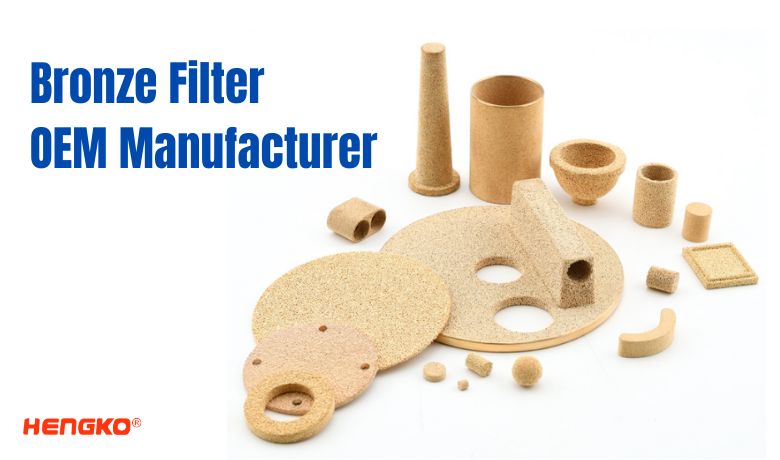-
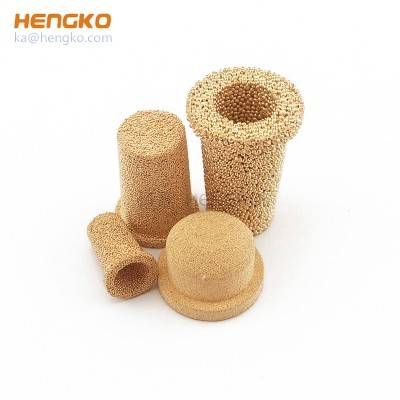
Sintered Bronze Muffler 40 Micron Pressure Relief Valve Waterproof Breather Vent Fitting
Pneumatic Sintered Mufflers Filters utilize porous sintered bronze filter elements secured to standard pipe fittings. These compact and inexpensive mufflers ...
View Detail -
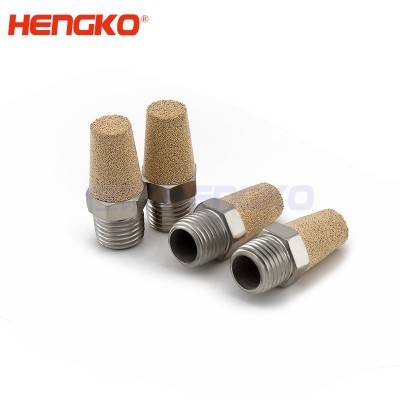
HBSL-SEB Sintered Bronze Brass Exhaust Filter Silencer 1/2 Male NPT Thread Pneumatic Mu...
HBSL-SEB Muffler Silencer Model M5 1/8'' 1/4'' 3/8'' 1/2'' 3/4'' 1'' 1 1/4'' 1 1/2'' 2'' Pneumatic Sintered Mufflers Filters utitl...
View Detail -
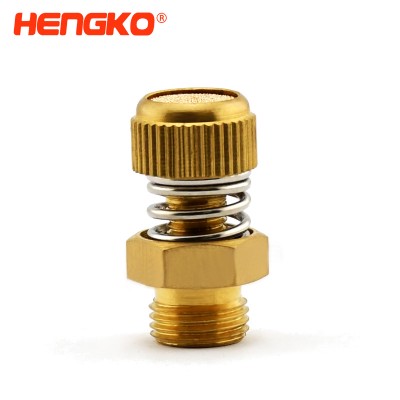
HB Micron Stainless steel Bronze Sintered Filter Element 1/4" Air Pneumatic Flow S...
HD Exhaust Muffler Bronze Model 1/8'' 1/4'' 3/8'' 1/2'' 3/4'' 1'' Pneumatic Sintered Mufflers Filters utitlize porous sintered bronze filte...
View Detail -
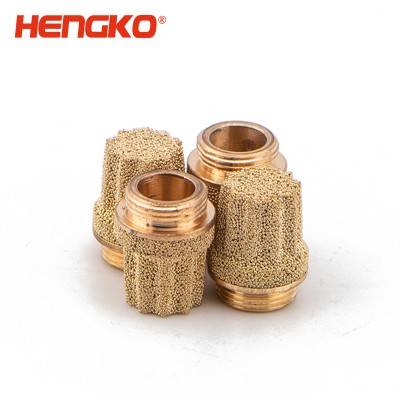
Breather vents with male thread, bronze brass stainless steel SS 316 ASP-1/2/3/4/6/8 BV
Pneumatic Sintered Mufflers Filters utitlize porous sintered bronze filter element secured to standard pipe fittings. These compact and inexpensive mufflers ...
View Detail -

Sintered Bronze Filters with OEM Specific Shape for Filtration
HENGKO could offer customers the possibility of manufacturing filters and porous bronze components with specific shapes. Each of these special applications r...
View Detail -

5 10 20 90 120 microns sintered porous metal bronze stainless steel 316L multi-purpose ...
HENGKO manufactures filter elements in a broad range of materials, sizes, and fittings so they can be easily specified with the characteristics and configura...
View Detail -
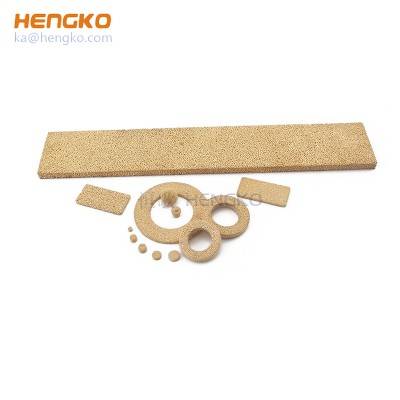
Uniform strength sintered porous metal micron filter fluidizers bronze brass copper fil...
Depth filter sheets are used to remove particles from liquids. This means that liquids can be clear-, fine- or sterile-filtered. Filter sheets are ideal for ...
View Detail -
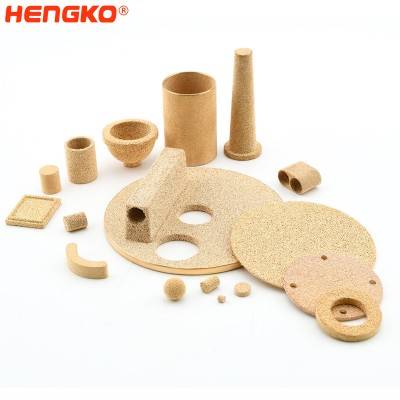
sintered air filter medium spheric bronze filter element
HENGKO SINTERED BRONZE OIL FILTER is applied in sparging, sensor protection, gas, and liquid filtration, dampening, bulk handling and etc. which for the solu...
View Detail -
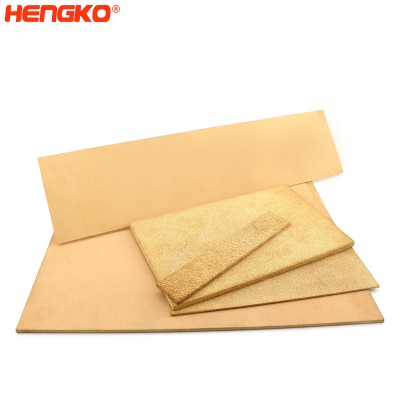
Flow control and fluid distribution sintered filter plate/sheet, powder sintered porous...
Depth filter sheets are used to remove particles from liquids. This means that liquids can be clear-, fine- or sterile-filtered. Filter sheets are ideal for ...
View Detail -
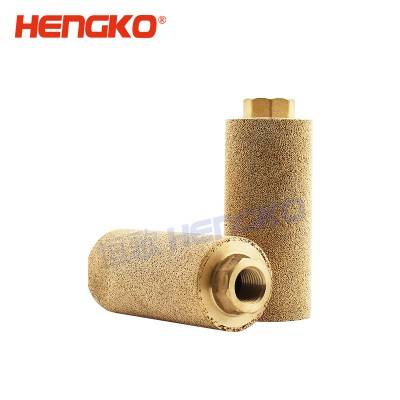
Porous metal sintered bronze brass filter uniaxial cylinders with one closed end with hex.
Product Description HENGKO manufactures filter elements in a broad range of materials, sizes, and fittings so they can be easily specified with the charac...
View Detail -

Porous metal sintered porous bronze filter plates/sheet for flow and sound control
Depth filter sheets are used to remove particles from liquids. This means that liquids can be clear-, fine- or sterile-filtered. Filter sheets are ideal for ...
View Detail -
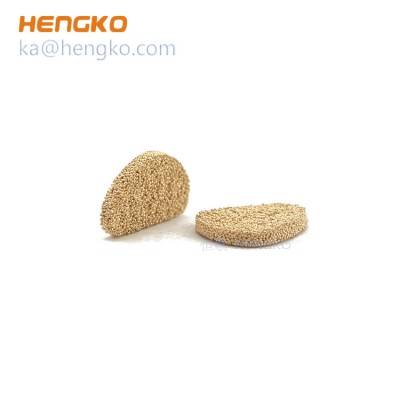
OEM sintered porous metal bronze filter media membrane filters
HENGKO manufactures filter elements in a broad range of materials, sizes, and fittings so they can be easily specified with the characteristics and configura...
View Detail -
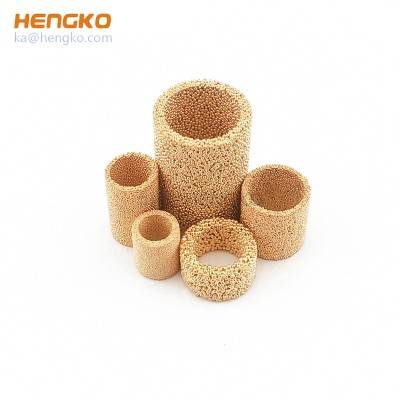
3-90 micron bronze sintered double-open ends replacement filter tube for refining and s...
HENGKO porous filter tubes can be hollow or blind and have a minimum wall thickness of 1 mm. They are made by isostatic compaction of powder in a flexible mo...
View Detail -
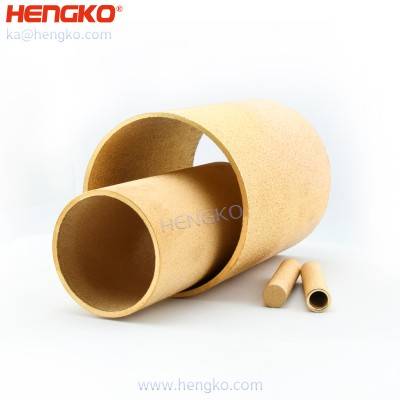
3 to 90 microns porous metal sintered bronze filter pipe fitting for oil filter filtrat...
HENGKO porous filter tubes can be hollow or blind and have a minimum wall thickness of 1 mm. They are made by isostatic compaction of powder in a flexible mo...
View Detail -
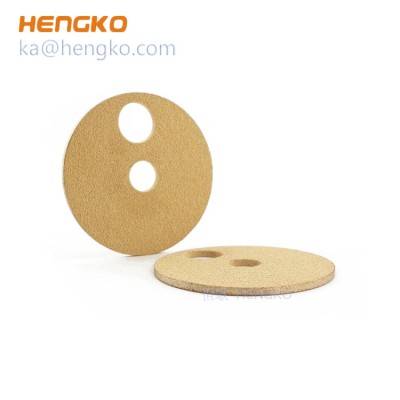
Custom 35 50 microns fuel filter sintered bronze filter disc disk for heavy duty and in...
HENGKO manufactures filter elements in a broad range of materials, sizes, and fittings so they can be easily specified with the characteristics and configura...
View Detail -
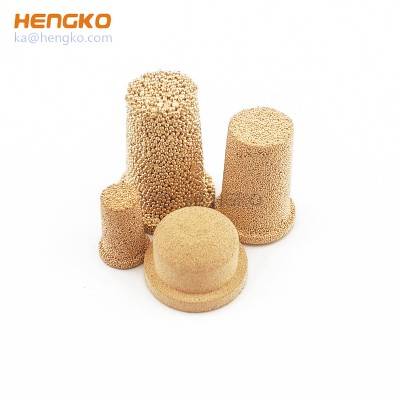
High temperature resistance pressure reusable microns porous metal bronze brass filter ...
HENGKO porous filter tubes can be hollow or blind and have a minimum wall thickness of 1 mm. They are made by isostatic compaction of powder in a flexible mo...
View Detail -
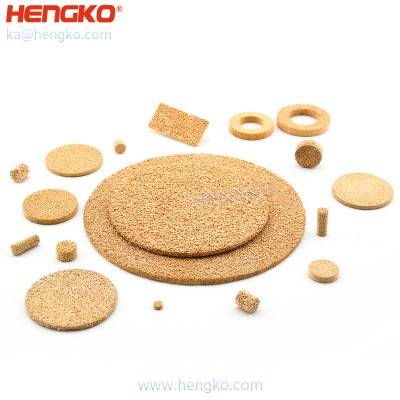
Metal powder sintered porous porosity bronze 316 stainless steel micro filters discs
The bronze porous sintered filter element is made of copper alloy powder sintered at high temperature. It has high filtration precision, good air permeabili...
View Detail -
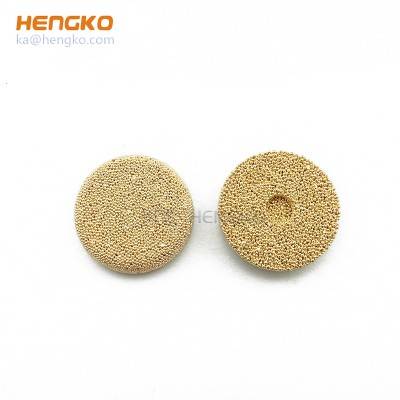
Personal customization 15 45 90 micron powder sintered brass bronze porous metal oil fi...
HENGKO manufactures filter elements in a broad range of materials, sizes, and fittings so they can be easily specified with the characteristics and configura...
View Detail -
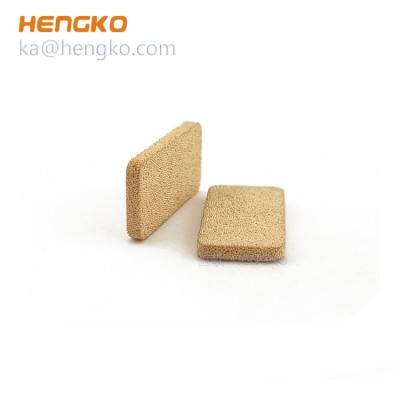
porous metal filter disc square strainer micron sintered bronze filter sheet
HENGKO manufactures filter elements in a broad range of materials, sizes, and fittings so they can be easily specified with the characteristics and configura...
View Detail -

filter tubes of porous metal bronze powder sintered filter cylinder for ptocess air and...
HENGKO porous filter tubes can be hollow or blind and have a minimum wall thickness of 1 mm. They are made by isostatic compaction of powder in a flexible mo...
View Detail
What is a sintered bronze filter
A sintered bronze filter is a metal mesh made from tiny bronze particles. Here's a breakdown of its key features:
Made from bronze powder:
The filter starts as bronze that's been ground into a fine powder.
Sintering process: The powder is compressed and heated (sintered) to bond the particles together, but not to the point of melting them. This creates a strong, porous structure.
Acts as a filter: The tiny pores in the sintered bronze allow fluids to pass through while trapping unwanted particles.
Benefits:
1. High durability and temperature resistance
2. Can be cleaned and reused
3. Offers good flow rates
4. Often used in industrial applications
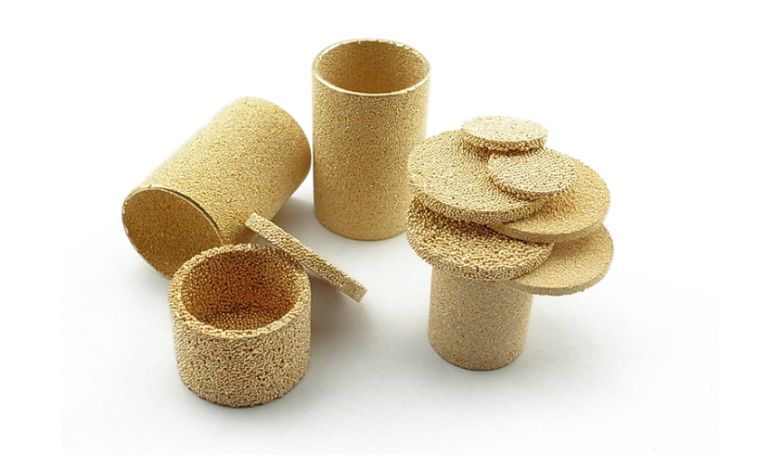
Why Use Bronze Filter, What is the Main Features ?
There are several advantages to using bronze sintered filters, and their key features contribute to these benefits:
* Excellent Filtration:
1. Precise Pores: The sintering process creates a consistent pore size throughout the filter. This allows it to trap specific particles while letting fluids flow freely.
2. Durable Construction: The strong metal structure resists pressure changes and ensures the pore size remains stable, leading to reliable filtration.
* Long-lasting Performance:
1. High Corrosion Resistance: Bronze is naturally resistant to rust and corrosion, making these filters ideal for harsh environments with fluids like water or oil.
2. High Temperature Tolerance: They can withstand high temperatures without melting or warping, allowing use in hot gas or liquid applications.
3. Cleanable and Reusable: The metal construction allows them to be backwashed or cleaned for repeated use, reducing replacement costs.
* Versatility and Design:
1. Mechanical Strength: Sintered bronze offers good structural integrity, enabling filters to be self-supporting in many applications.
2. Design Flexibility: The manufacturing process allows for filters to be formed into various shapes and sizes to fit specific needs.
In summary, bronze sintered filters provide a reliable and long-lasting solution for applications requiring precise filtration,
durability, and high-temperature resistance. Their versatility and reusability make them a cost-effective choice across various industries.
Types of Bronze Filter ?
Some client like to know how many type of bronze filter?
Actually there aren't really different types of sintered bronze filters, but there are different ways to characterize them depending on the application. Here are some ways to differentiate them:
1. Porosity:
This refers to the percentage of open space in the filter. Higher porosity allows for more fluid flow but traps larger particles. Lower porosity filters trap smaller particles but restrict flow more.
2. Micron Rating:
This indicates the smallest particle size the filter can trap. It's inversely related to porosity; higher micron ratings indicate larger particles can pass through.
3. Shape:
Sintered bronze filters can be formed into various shapes depending on the application.
Some common shapes include:
* Discs
* Cylinders
* Cartridges
* Plates
* Sheets
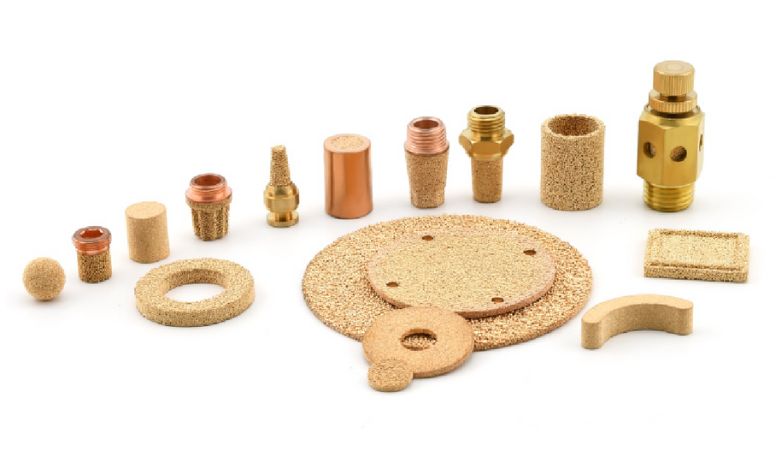
Different Sintered bronze filter shapes OEM
4. Size:
They can be manufactured in a wide range of sizes to fit specific filtration needs.
Ultimately, the best type of sintered bronze filter for an application depends on the specific requirements for pore size, flow rate, pressure, and temperature.
How to clean sintered bronze filter
The cleaning method for a sintered bronze filter depends on the severity of clogging and the specific application. Here's a general approach you can follow:
Basic Cleaning:
1. Disassembly (if possible): If the filter is housed in a container, disassemble it to access the sintered bronze element.
2. Loose Debris Removal: Gently tap or shake the filter to remove any loosely attached particles. Compressed air can
also be used for light debris, but be careful not to damage the delicate bronze structure.
3. Soaking:
Submerge the filter in a cleaning solution. Here are some options depending on the contaminant:
* Warm water and mild detergent: For general cleaning.
* Degreaser: For oily or greasy contaminants (check compatibility with bronze).
* Vinegar solution (diluted): For removing mineral deposits (like calcium buildup).
4. Ultrasonic Cleaning (optional):
For heavily clogged filters, ultrasonic cleaning can be very effective. This uses high-frequency sound waves to
dislodge particles trapped deep within the pores. (Note: Not all homes have ultrasonic cleaners; this might
be a professional cleaning option).
5. Backflushing (optional):
If applicable to your filter design, you can try backflushing with clean water to
force contaminants out of the pores in the opposite direction of normal flow.
6. Rinsing:
Thoroughly rinse the filter with clean water to remove any cleaning solution residue.
7. Drying:
Allow the filter to dry completely before reinstalling it. You can use compressed air
or let it air dry in a clean, well-ventilated area.
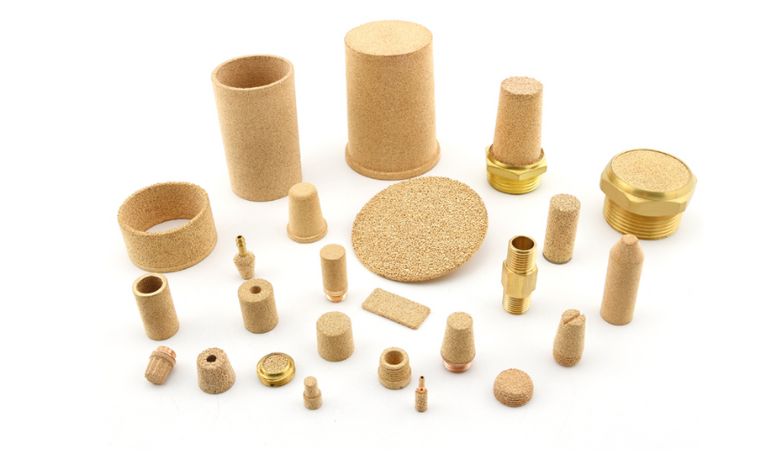
Also Still Some Important Considerations:
* Consult the manufacturer's instructions: If available, always refer to the specific cleaning recommendations for your sintered bronze filter.
* Avoid harsh chemicals: Strong acids, alkalis, or abrasive cleaners can damage the bronze material.
* Frequency of cleaning: The cleaning frequency depends on the application and how quickly the filter clogs. Regularly inspect the filter and clean it when performance starts to decline.
* Replacement: If the filter is heavily clogged or damaged beyond cleaning, it's best to replace it for optimal performance.
